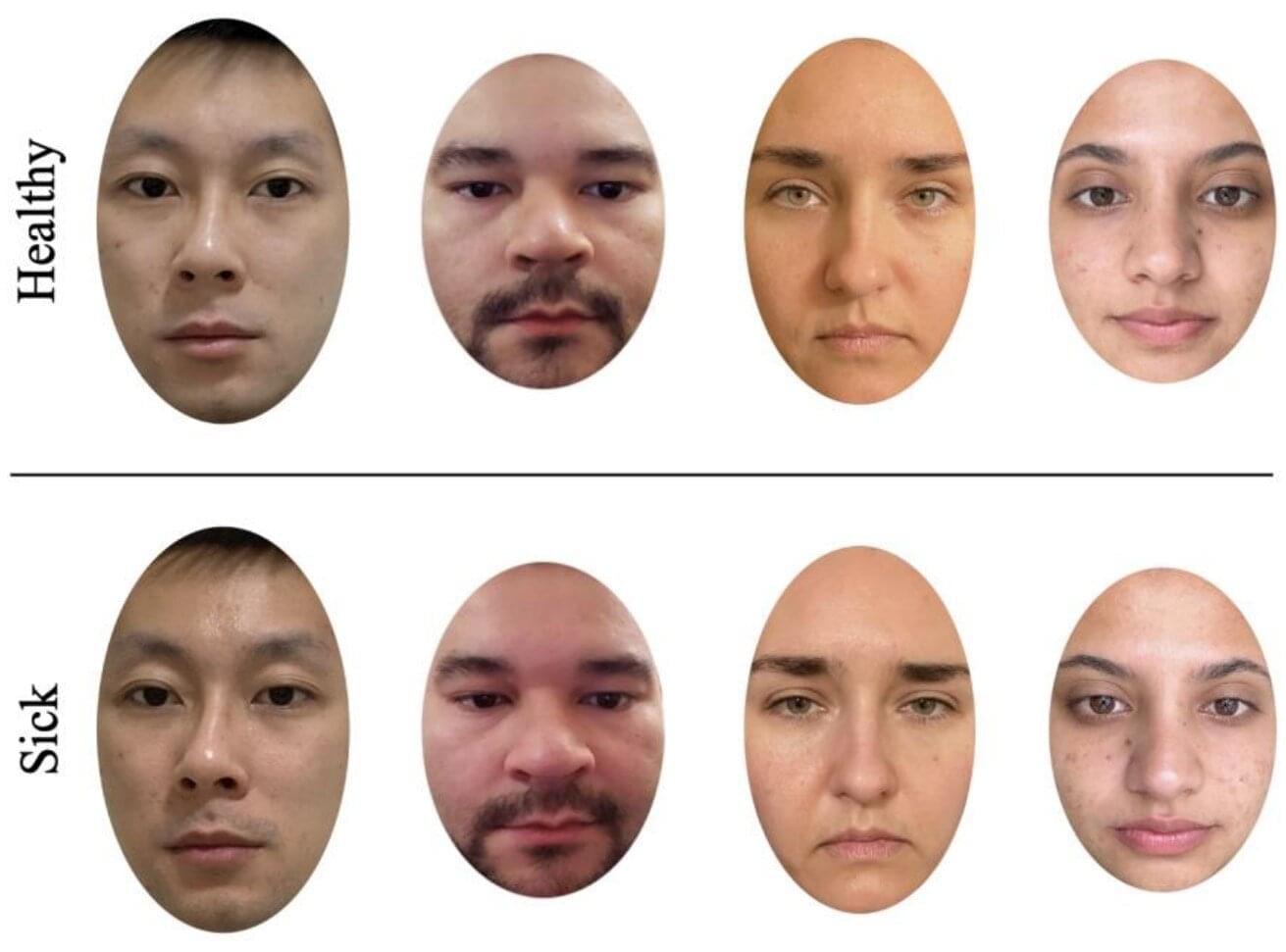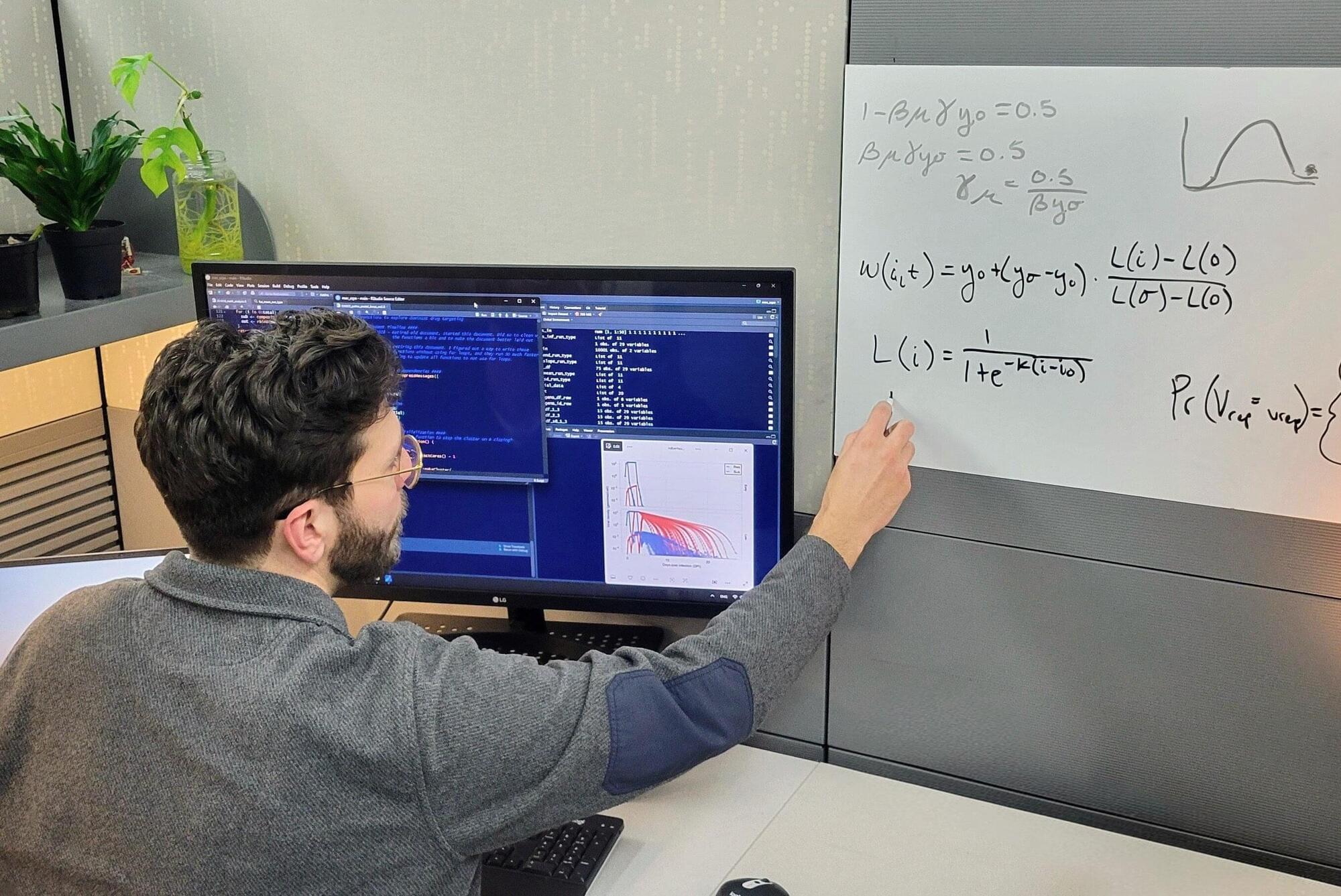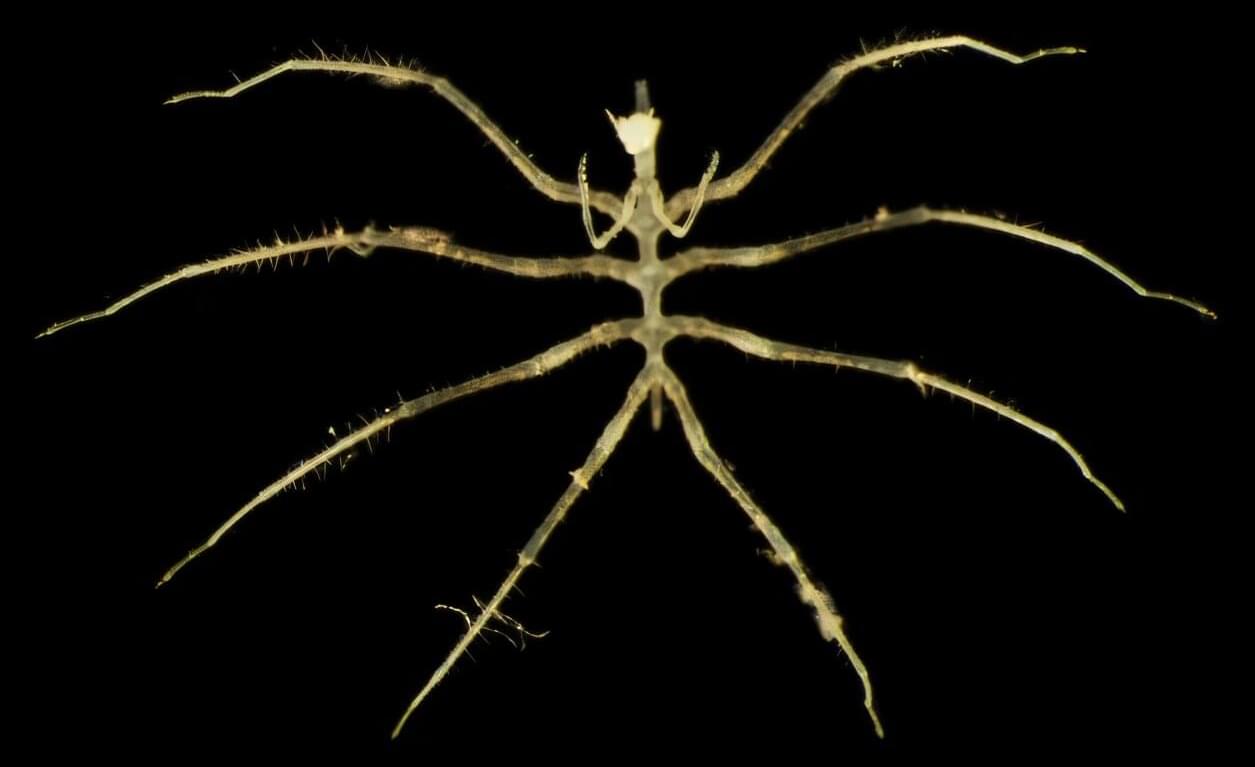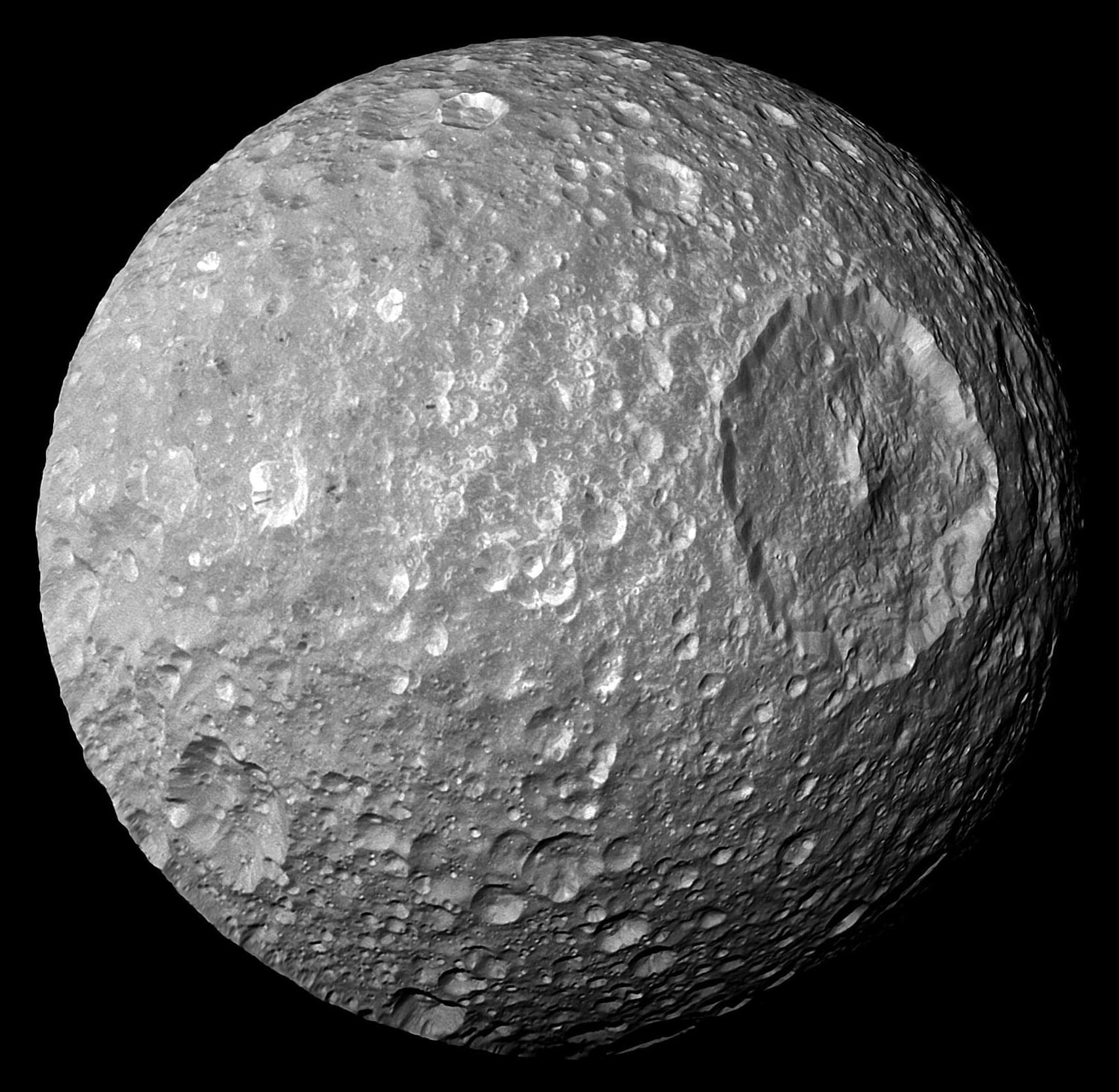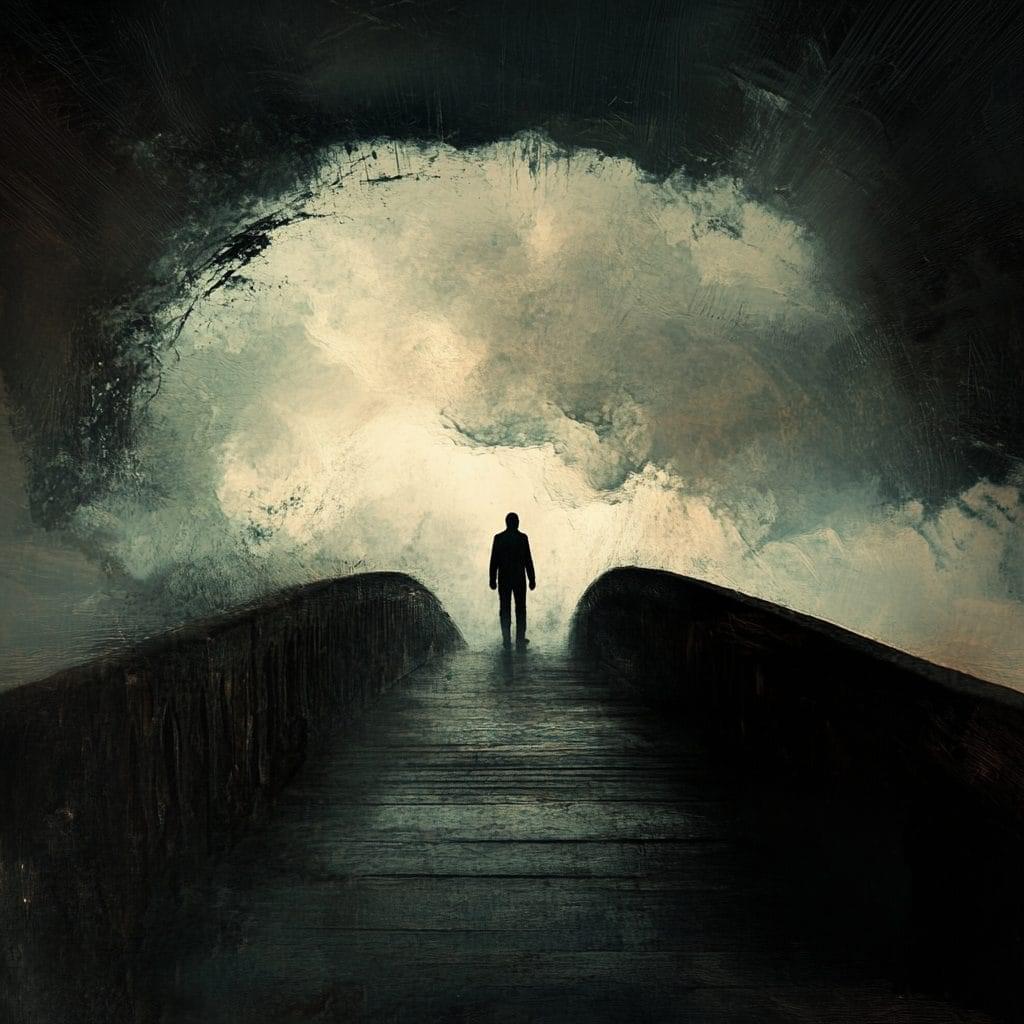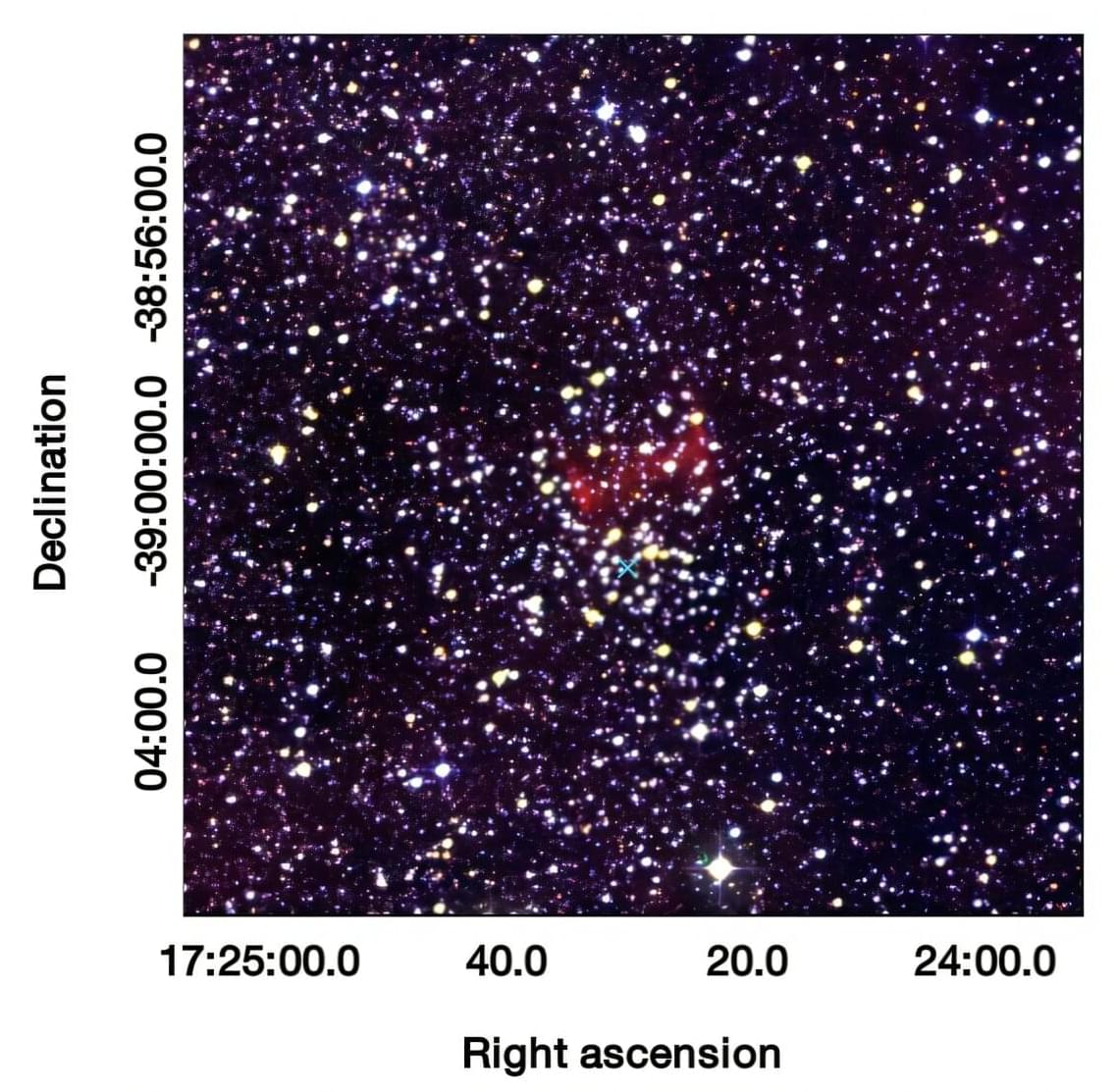One of the biggest quests in biology is understanding how every cell in an animal’s body carries an identical genome yet still gives rise to a kaleidoscope of different cell types and tissues. A neuron doesn’t look nor behave like a muscle cell but has the same DNA.
Researchers think it comes down to how cells allow different parts of the genome to be read. Controlling these permissions are regulatory elements, regions of the genome which switch genes on or off. A detailed overview of how they do this is largely restricted to a handful of classic model organisms like mice and fruit flies.

